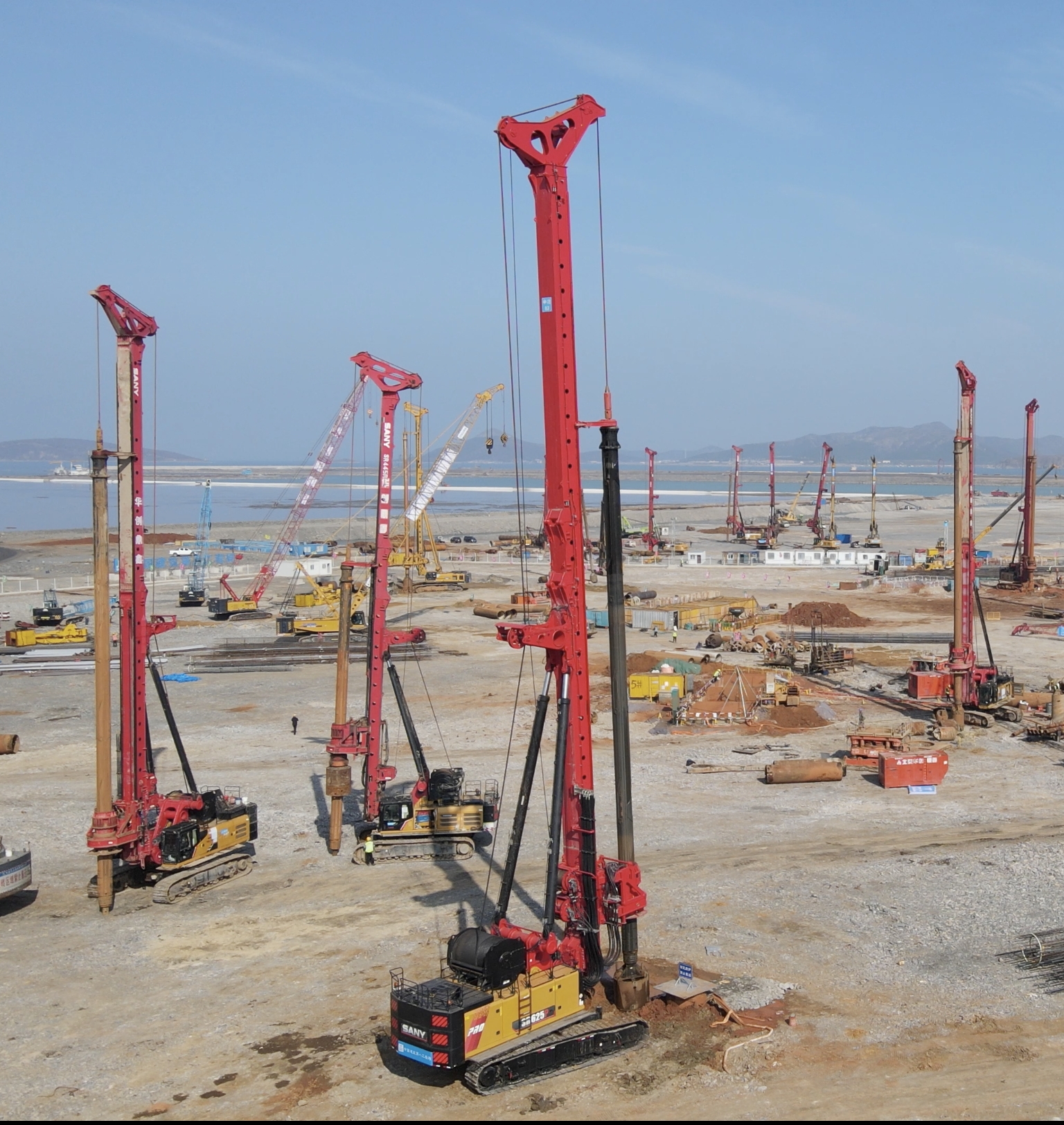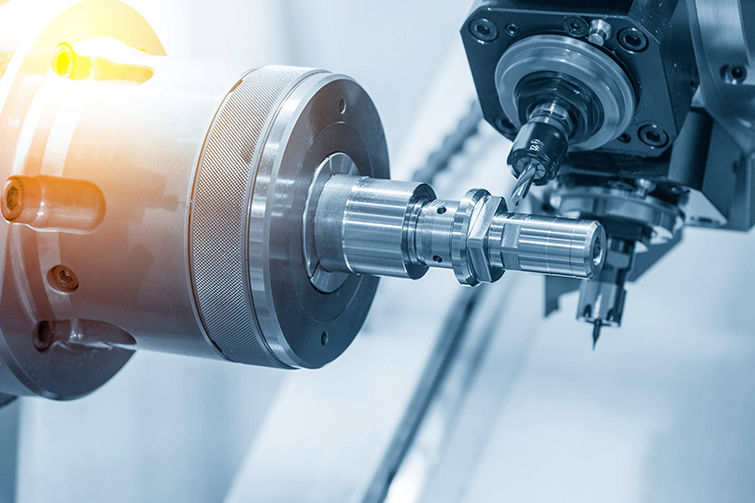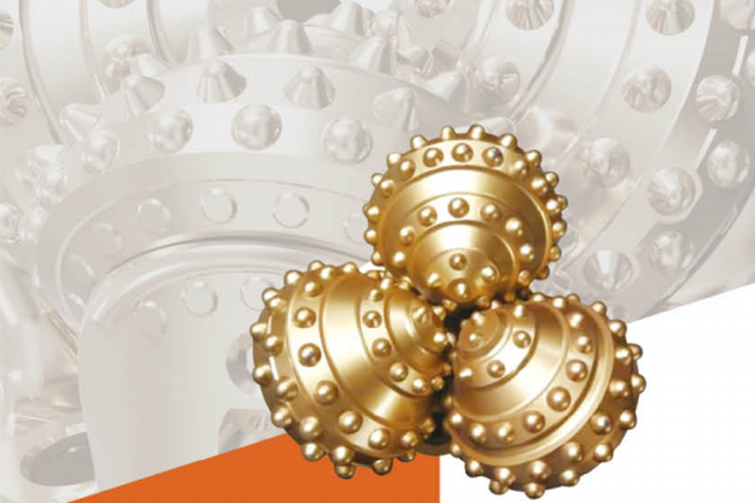

Innovations in Rotary Cutting Teeth for Water Well Drilling Rigs: Enhancing Efficiency with Advanced Mud Pump Technology

Introduction to Rotary Cutting Teeth in Drilling Operations
The rotary cutting teeth are a critical component in water well drilling rigs, designed to penetrate various geological formations efficiently. Their design and material composition significantly influence the drilling speed and the overall lifespan of the drilling equipment.
Technical Advancements in Rotary Cutting Teeth
Recent developments have focused on enhancing the durability and cutting efficiency of rotary teeth. Innovations such as carbide-tipped teeth and heat-treated alloys have markedly improved performance in abrasive environments. These advancements ensure longer service intervals and reduced downtime, directly impacting operational costs.
The Role of Mud Pumps in Drilling Efficiency
Mud pumps play a vital role in maintaining the stability of the borehole and removing cuttings from the drilling site. The integration of high-pressure mud pumps with advanced rotary cutting teeth has led to a significant improvement in drilling precision and speed, enabling operations in more challenging terrains.
Commercial Implications of Technological Innovations
The synergy between advanced rotary cutting teeth and mud pump technology not only enhances operational efficiency but also offers substantial commercial advantages. Reduced equipment wear and lower maintenance requirements translate into cost savings, while increased drilling speed allows for more projects to be undertaken within the same timeframe, boosting profitability.
FAQs
What are the key factors to consider when selecting rotary cutting teeth for a water well drilling rig?
The selection should be based on the geological conditions of the drilling site, the desired drilling speed, and the compatibility with the existing drilling rig and mud pump system.
How do advanced mud pumps contribute to the efficiency of drilling operations?
Advanced mud pumps ensure efficient removal of drill cuttings, maintain borehole stability, and reduce the risk of equipment overheating, thereby enhancing overall drilling efficiency and safety.








